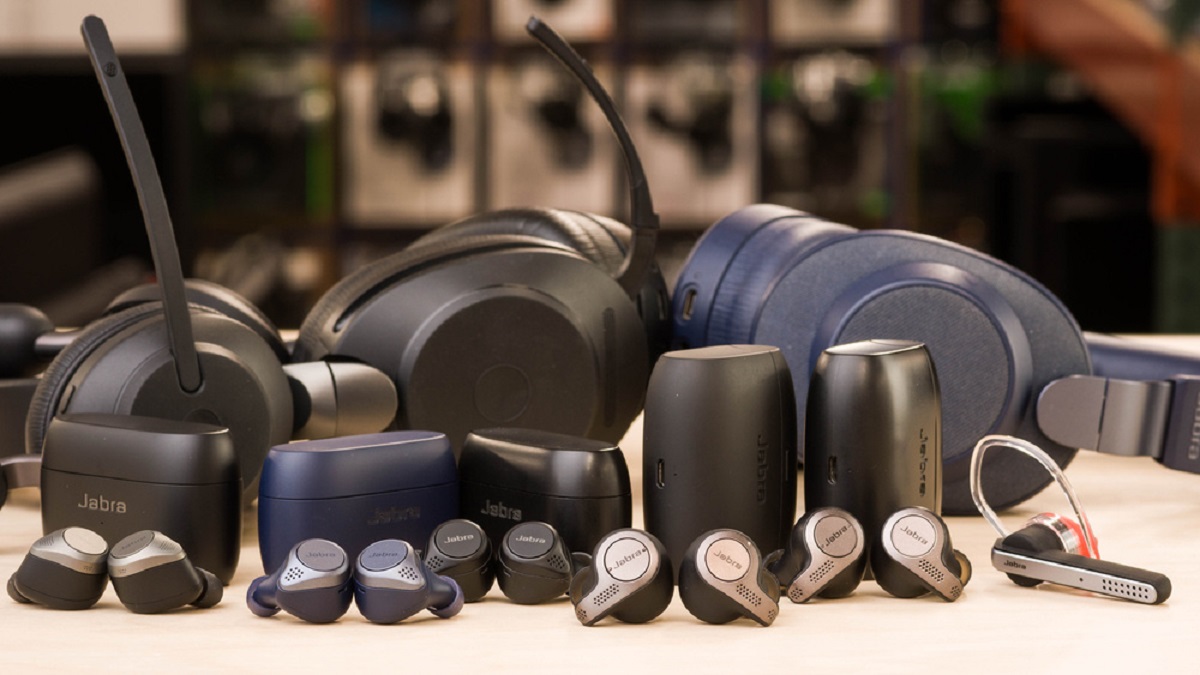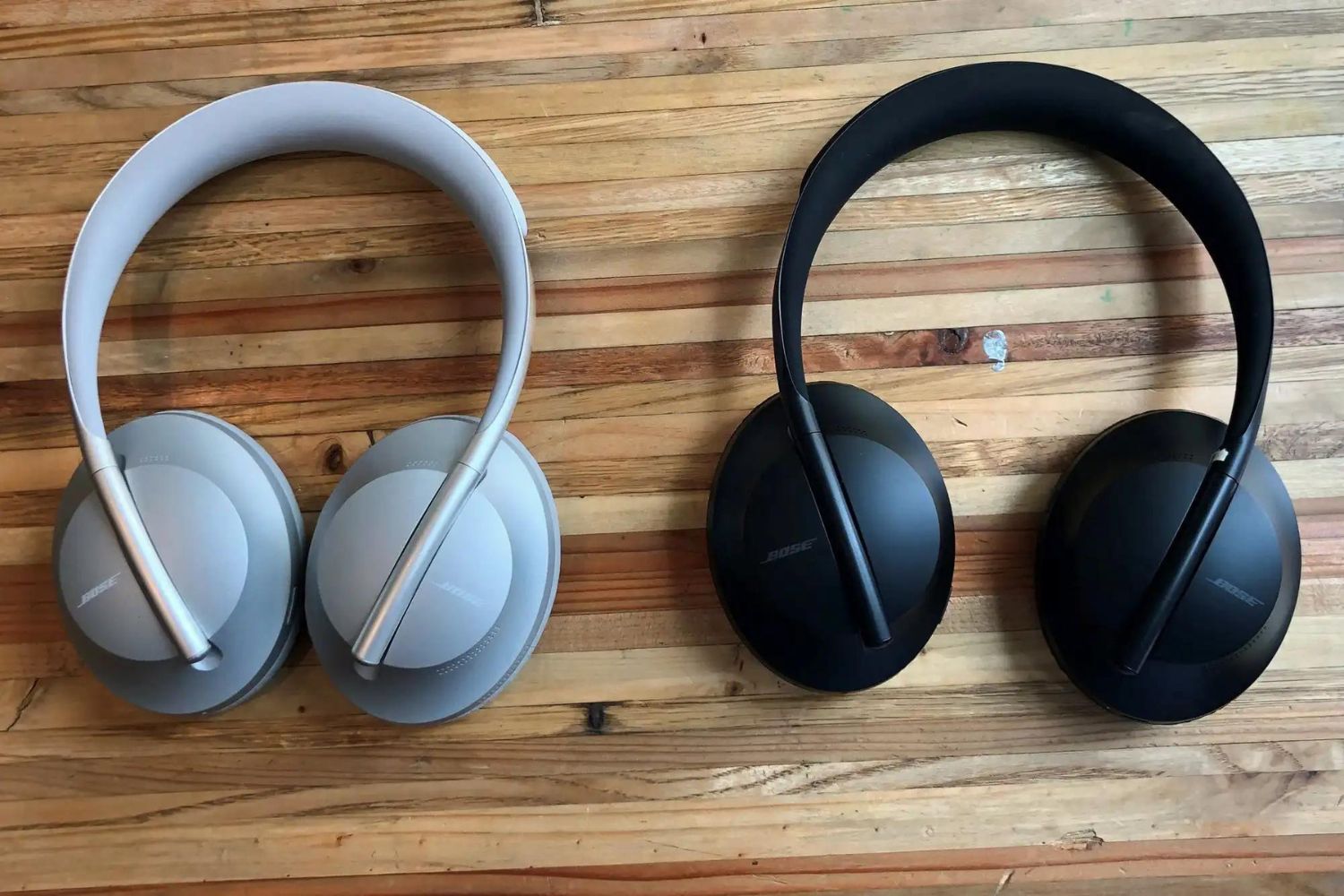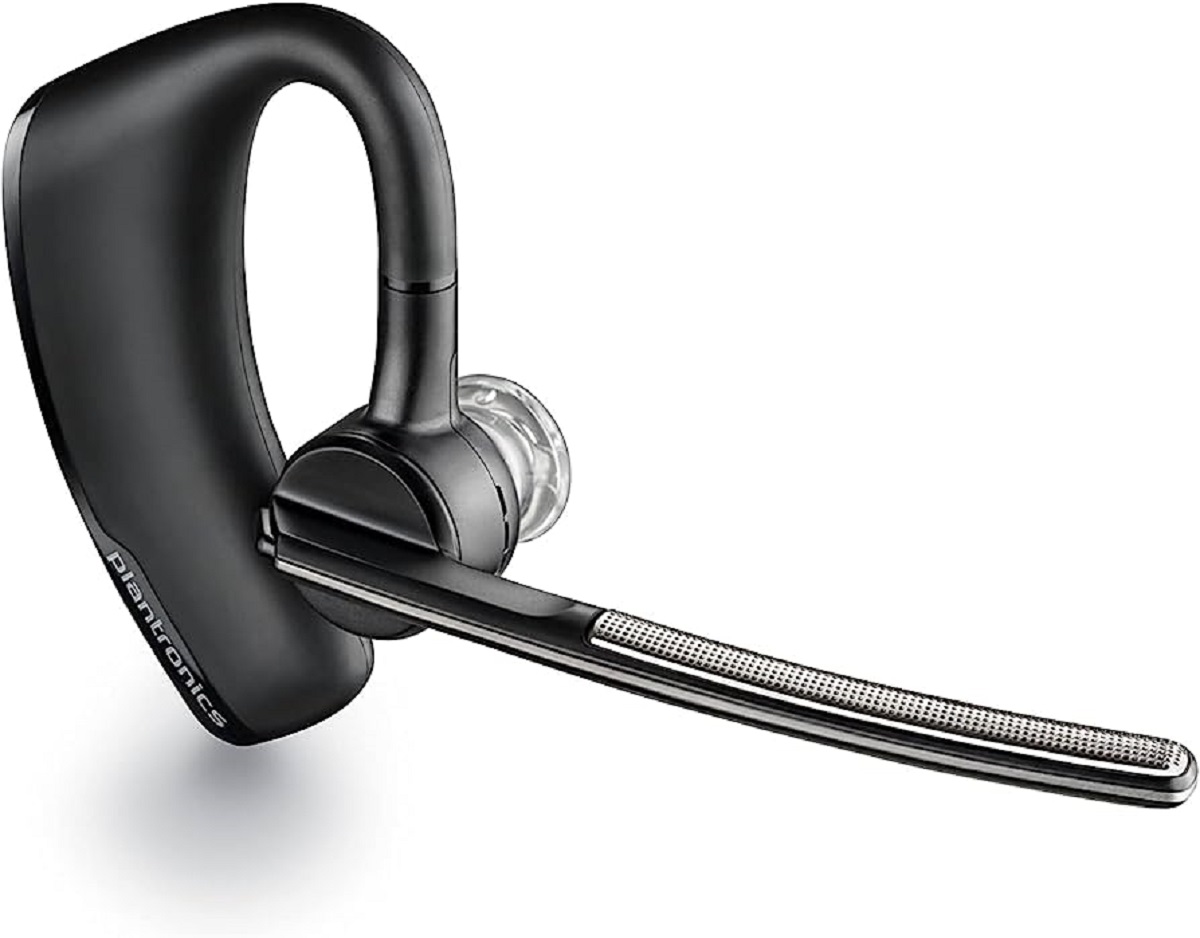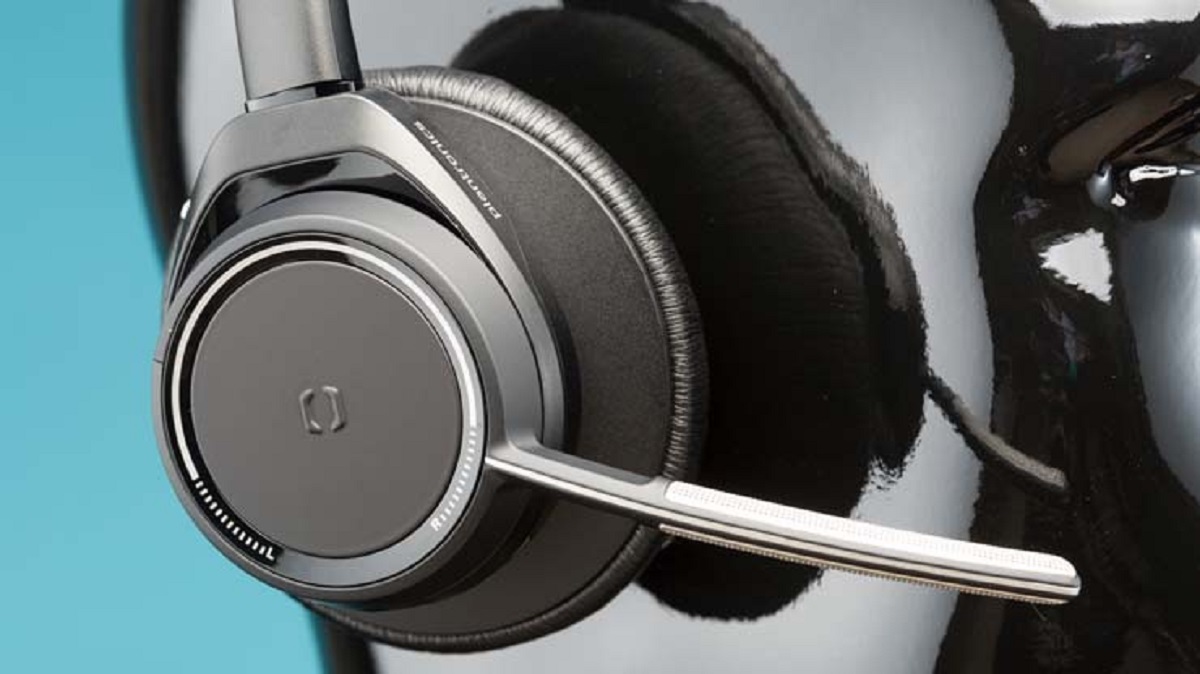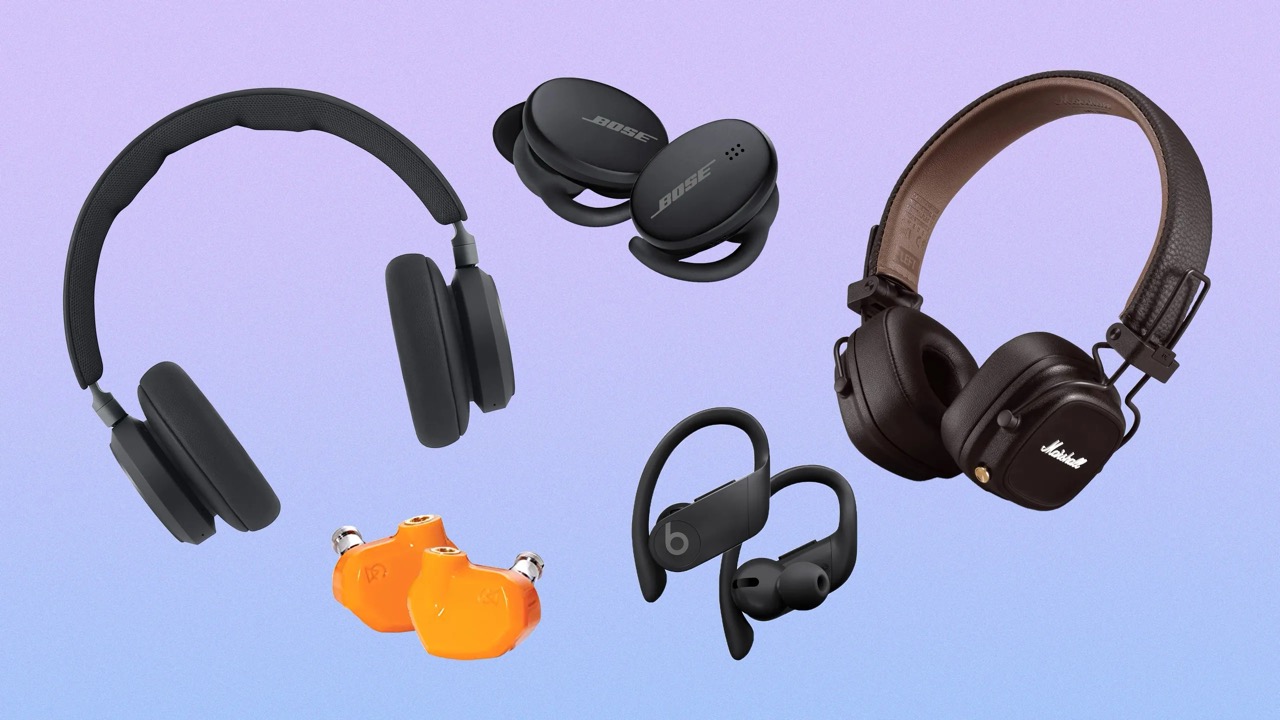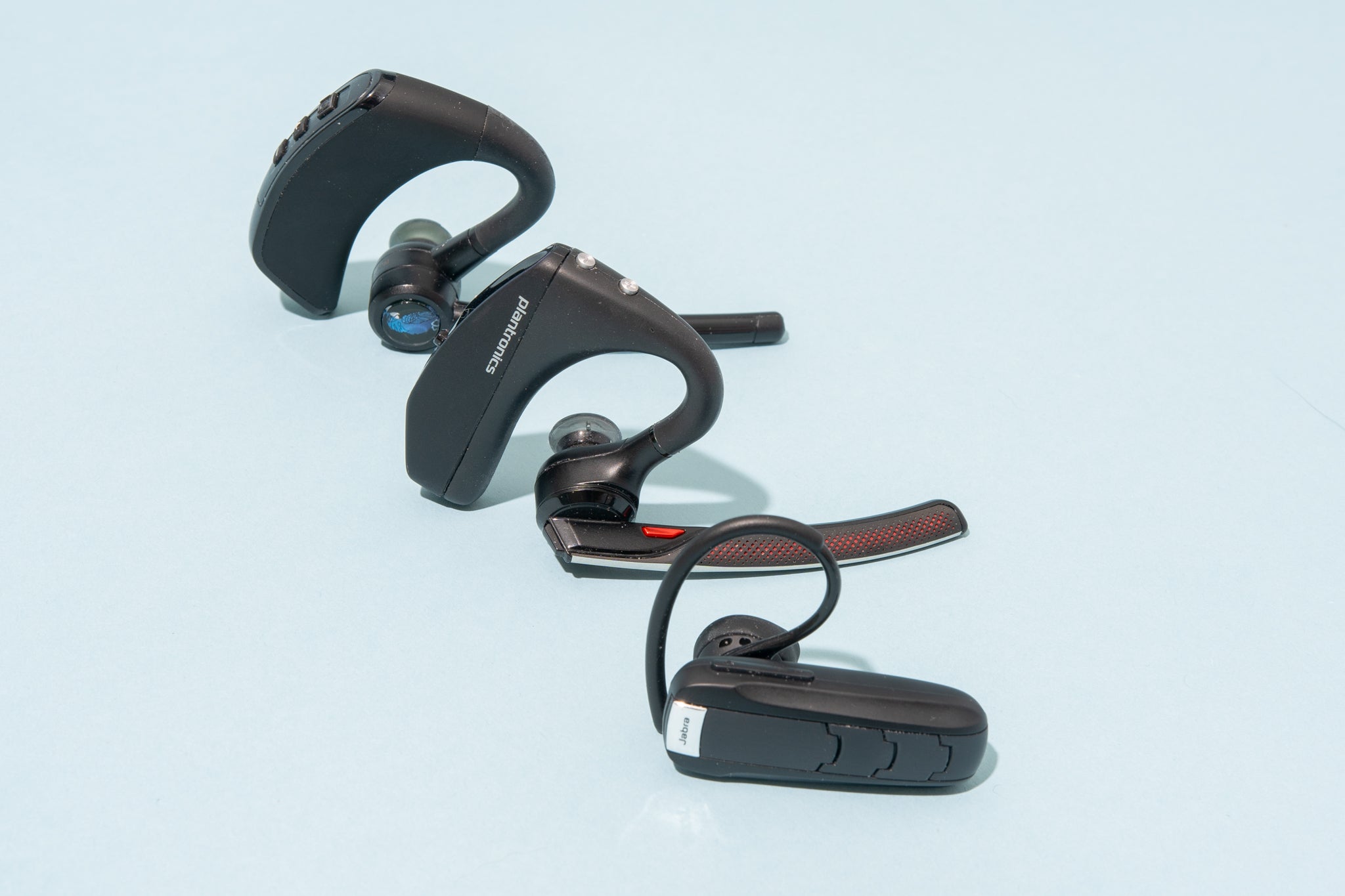Introduction
Unified Communication (UC) headsets have become indispensable tools in the modern workplace, revolutionizing the way we communicate and collaborate. As technology continues to evolve, the demand for seamless and efficient communication solutions has surged, leading to the widespread adoption of UC headsets across various industries.
In today's fast-paced business landscape, the need for crystal-clear audio, noise-canceling capabilities, and ergonomic design has never been more crucial. Whether it's conducting virtual meetings, participating in conference calls, or engaging in remote training sessions, UC headsets play a pivotal role in ensuring optimal communication experiences.
Moreover, the rise of remote work and distributed teams has further underscored the significance of reliable UC headsets. These devices empower professionals to stay connected and productive regardless of their physical location, fostering a sense of cohesion and connectivity within organizations.
In this comprehensive guide, we will delve into the intricacies of UC headsets, exploring the various types available, key features to consider, and the myriad benefits they offer. Additionally, we will provide practical insights on how to select the right UC headset tailored to your specific needs.
By gaining a deeper understanding of UC headsets and their functionalities, you will be better equipped to make informed decisions when investing in these essential communication tools. Whether you are a seasoned professional seeking to optimize your remote work setup or an organization looking to enhance the communication infrastructure for your teams, this guide will serve as a valuable resource in navigating the dynamic landscape of UC headsets.
What are Unified Communication Headsets?
Unified Communication (UC) headsets are specialized audio devices designed to facilitate seamless and integrated communication experiences across various platforms and devices. These headsets are engineered to support a wide array of communication applications, including voice calls, video conferencing, webinars, and collaboration tools, thereby enhancing productivity and connectivity in the modern workplace.
At their core, UC headsets are equipped with advanced features that enable users to engage in crystal-clear voice conversations and multimedia interactions. They are optimized to work seamlessly with unified communication platforms, such as Microsoft Teams, Zoom, Cisco Webex, and other popular communication software, ensuring compatibility and superior audio performance across different environments.
The versatility of UC headsets allows users to transition effortlessly between different communication channels, whether it's switching from a voice call to a video conference or seamlessly integrating with collaboration tools for real-time interactions. This adaptability is particularly valuable in today's dynamic work landscape, where professionals need to stay agile and responsive in their communication endeavors.
Furthermore, UC headsets often incorporate noise-canceling technology, adjustable microphones, and ergonomic designs to minimize distractions and optimize user comfort during extended usage. These features are especially beneficial in open office environments or remote work settings, where maintaining focus and clarity during communication is paramount.
In essence, UC headsets serve as indispensable tools for individuals and organizations seeking to streamline their communication workflows and elevate the quality of interactions. By unifying diverse communication channels into a cohesive and seamless experience, these headsets empower users to stay connected, productive, and engaged, regardless of their physical location or the nature of their communication needs.
As the landscape of modern communication continues to evolve, the role of UC headsets in facilitating efficient and effective interactions is poised to become even more pronounced, making them essential assets for professionals and businesses alike.
This section provides a comprehensive overview of Unified Communication Headsets, shedding light on their pivotal role in modern communication ecosystems and their ability to enhance connectivity and productivity across diverse platforms and devices.
Types of UC Headsets
When it comes to Unified Communication (UC) headsets, there is a diverse range of options available, each tailored to meet specific user preferences and communication requirements. Understanding the different types of UC headsets is essential for making informed decisions when selecting the most suitable device for your needs. Let's explore the various categories of UC headsets:
-
Wired UC Headsets:
- Wired UC headsets are designed to connect directly to devices such as computers, laptops, or desk phones using a physical cable. These headsets offer reliable connectivity and consistent audio quality, making them ideal for individuals who prioritize stability and uninterrupted communication during their work hours.
-
Wireless UC Headsets:
- Wireless UC headsets leverage advanced Bluetooth technology to establish seamless connections with compatible devices, providing users with enhanced mobility and flexibility. Whether it's pacing around during a call or moving between workstations, wireless UC headsets offer unparalleled freedom of movement without compromising audio performance.
-
Convertible UC Headsets:
- Convertible UC headsets are engineered to adapt to various wearing styles, allowing users to switch between wearing the headset over the head, behind the neck, or over the ear. This versatility caters to individual comfort preferences and ensures a personalized fit for prolonged usage.
-
Monaural and Binaural UC Headsets:
- Monaural UC headsets feature a single earpiece, making them suitable for users who need to stay attuned to their surroundings while engaging in conversations. On the other hand, binaural UC headsets incorporate dual earpieces, providing immersive sound experiences and heightened focus in noisy environments.
-
Noise-Canceling UC Headsets:
- Noise-canceling UC headsets are equipped with advanced technology that actively reduces ambient noise, enabling users to concentrate on their conversations without being disrupted by external sounds. These headsets are particularly valuable in bustling work environments or home offices where minimizing distractions is crucial.
-
USB and UC-Enabled Headsets:
- USB UC headsets are designed to connect directly to USB ports on computers and laptops, offering plug-and-play convenience and compatibility with a wide range of devices. UC-enabled headsets are optimized to seamlessly integrate with unified communication platforms, ensuring effortless setup and enhanced performance during voice and video calls.
Understanding the distinct characteristics and functionalities of each type of UC headset is essential for aligning your communication preferences with the most suitable device. Whether it's prioritizing mobility, comfort, or audio clarity, the diverse array of UC headsets caters to a myriad of user needs, making it possible to find the perfect fit for every professional or organization.
Key Features to Consider
When evaluating Unified Communication (UC) headsets, it's essential to consider a range of key features that directly impact the user experience and overall performance. These features play a pivotal role in ensuring that the selected UC headset aligns with specific communication requirements and delivers optimal functionality. Here are the key features to consider when choosing a UC headset:
Audio Quality:
The audio quality of a UC headset is paramount, as it directly influences the clarity and effectiveness of communication. Look for headsets that offer high-definition sound, clear voice transmission, and superior noise-cancellation capabilities. Crisp and immersive audio ensures that every conversation, whether it's a client call or a virtual meeting, is conveyed with precision and depth.
Comfort and Ergonomics:
Long hours of wearing a headset necessitate a design that prioritizes comfort and ergonomic support. Adjustable headbands, cushioned ear cups, and lightweight materials contribute to a comfortable fit, minimizing strain during extended usage. A well-designed UC headset allows users to stay focused and engaged without experiencing discomfort or fatigue.
Connectivity Options:
Consider the connectivity options offered by the UC headset, whether it's wired, wireless, or USB-enabled. Wireless headsets provide freedom of movement, while wired options ensure stable connections. Additionally, USB-enabled headsets offer plug-and-play convenience, making them compatible with a wide range of devices. The choice of connectivity should align with the user's mobility needs and device compatibility.
Microphone Technology:
A high-quality microphone is indispensable for effective communication. Look for UC headsets equipped with noise-canceling microphones that filter out background noise, ensuring clear and uninterrupted voice transmission. Adjustable microphone booms and flexible positioning further enhance the microphone's performance, allowing users to optimize voice clarity based on their preferences.
Compatibility with UC Platforms:
Ensure that the selected UC headset is compatible with a variety of unified communication platforms, such as Microsoft Teams, Zoom, Cisco Webex, and others. Seamless integration with these platforms ensures that users can leverage the full suite of communication features without encountering compatibility issues, fostering a seamless and efficient communication experience.
Durability and Build Quality:
The durability and build quality of a UC headset are indicative of its longevity and resilience. Look for headsets constructed from robust materials that can withstand daily usage and potential wear and tear. A durable build ensures that the headset remains a reliable communication tool over an extended period, providing consistent performance in diverse work environments.
By carefully evaluating these key features, individuals and organizations can make informed decisions when selecting UC headsets that align with their communication needs and preferences. The consideration of these features ensures that the chosen UC headset delivers a superior communication experience, enhancing productivity, connectivity, and overall satisfaction for users.
Benefits of Using UC Headsets
The utilization of Unified Communication (UC) headsets yields a myriad of compelling benefits that significantly enhance communication experiences and productivity in professional settings. From fostering seamless collaboration to optimizing user comfort, UC headsets play a pivotal role in transforming the way individuals engage in conversations and interact within modern work environments.
1. Enhanced Clarity and Focus
UC headsets are engineered to deliver exceptional audio quality, ensuring that every conversation is conveyed with precision and clarity. By minimizing background noise and distractions, these headsets enable users to maintain unwavering focus during calls and virtual meetings, fostering an environment conducive to effective communication and active engagement.
2. Improved Mobility and Flexibility
Wireless UC headsets afford users the freedom to move and multitask without being tethered to a specific location. This enhanced mobility allows professionals to remain productive while on the go, whether it involves pacing around during a call or seamlessly transitioning between workstations, thereby amplifying efficiency and adaptability in dynamic work environments.
3. Seamless Integration with Communication Platforms
UC headsets are designed to seamlessly integrate with a diverse array of unified communication platforms, such as Microsoft Teams, Zoom, and Cisco Webex. This compatibility ensures that users can leverage the full suite of communication features offered by these platforms, including voice calls, video conferencing, and collaboration tools, without encountering compatibility issues, thereby streamlining communication workflows and maximizing utility.
4. Ergonomic Comfort for Prolonged Usage
The ergonomic design of UC headsets prioritizes user comfort, featuring adjustable headbands, cushioned ear cups, and lightweight materials that mitigate discomfort during extended wear. This focus on ergonomics enables professionals to engage in lengthy calls or virtual meetings without experiencing physical strain, promoting sustained focus and well-being throughout their communication endeavors.
5. Versatility in Communication Applications
UC headsets cater to a diverse range of communication needs, spanning voice calls, video conferencing, webinars, and remote training sessions. This versatility empowers users to seamlessly transition between different communication channels, adapting to the evolving demands of modern work environments and ensuring consistent audio performance across various applications.
6. Increased Productivity and Connectivity
By facilitating clear and uninterrupted communication, UC headsets contribute to heightened productivity and connectivity within organizations. Whether it involves remote teams collaborating on projects or customer service representatives engaging with clients, the seamless communication enabled by UC headsets fosters a cohesive and connected work environment, driving efficiency and collaboration.
In essence, the utilization of UC headsets transcends conventional communication tools, offering a holistic approach to enhancing the quality, efficiency, and comfort of professional interactions. These benefits underscore the indispensable role of UC headsets in empowering individuals and organizations to navigate the complexities of modern communication landscapes with confidence and effectiveness.
How to Choose the Right UC Headset
Selecting the right Unified Communication (UC) headset entails a thoughtful consideration of various factors to ensure that the chosen device aligns with specific communication needs and preferences. By navigating the diverse array of UC headsets available in the market, individuals and organizations can make informed decisions that optimize their communication experiences. Here are essential guidelines for choosing the right UC headset:
1. Assess Communication Requirements:
Begin by assessing the specific communication requirements and usage scenarios that the UC headset will cater to. Consider the frequency of voice calls, participation in video conferences, and the need for mobility during communication activities. Understanding these requirements forms the foundation for identifying the most suitable features and functionalities in a UC headset.
2. Determine Wearing Style Preferences:
Evaluate individual preferences regarding wearing styles, whether it's an over-the-head, behind-the-neck, or over-the-ear configuration. The choice of wearing style influences comfort and convenience, allowing users to select a headset that aligns with their preferred mode of usage and ergonomic comfort.
3. Consider Connectivity Options:
Determine the preferred connectivity options based on mobility needs and device compatibility. Wireless UC headsets offer enhanced mobility, while wired options ensure stable connections. Additionally, USB-enabled headsets provide plug-and-play convenience, catering to diverse device ecosystems. The selection of connectivity aligns with the user's work environment and communication habits.
4. Evaluate Noise-Canceling Capabilities:
Assess the noise-canceling capabilities of UC headsets, particularly in bustling work environments or home offices. Advanced noise-canceling technology actively minimizes ambient sounds, ensuring clear and uninterrupted communication. The degree of noise cancellation directly impacts the user's ability to concentrate and engage in conversations without disruptions.
5. Compatibility with Unified Communication Platforms:
Ensure that the chosen UC headset seamlessly integrates with a variety of unified communication platforms, including Microsoft Teams, Zoom, and Cisco Webex. Compatibility with these platforms guarantees a streamlined communication experience, allowing users to leverage the full suite of communication features without encountering compatibility issues.
6. Prioritize Audio Quality and Microphone Performance:
Prioritize audio quality and microphone performance, as these aspects directly influence the clarity and effectiveness of communication. Look for UC headsets that offer high-definition sound, clear voice transmission, and noise-canceling microphones. Crisp audio and optimized microphone technology are essential for conveying conversations with precision and depth.
By considering these essential factors, individuals and organizations can navigate the process of choosing the right UC headset with confidence and precision. The alignment of communication requirements, wearing style preferences, and technical capabilities ensures that the selected UC headset becomes an invaluable asset in fostering seamless and effective communication experiences.
Conclusion
In conclusion, Unified Communication (UC) headsets stand as indispensable tools that have redefined the landscape of modern communication and collaboration. As the professional world continues to embrace remote work, distributed teams, and virtual interactions, the significance of UC headsets in fostering seamless and efficient communication experiences cannot be overstated.
Throughout this guide, we have explored the diverse facets of UC headsets, encompassing their types, key features, benefits, and considerations for selecting the most suitable device. From wired and wireless options to noise-canceling capabilities and compatibility with unified communication platforms, the range of functionalities offered by UC headsets reflects their adaptability to diverse user needs and work environments.
The utilization of UC headsets yields a spectrum of compelling benefits, including enhanced clarity and focus, improved mobility and flexibility, seamless integration with communication platforms, ergonomic comfort for prolonged usage, versatility in communication applications, and increased productivity and connectivity. These benefits collectively underscore the transformative impact of UC headsets in optimizing professional interactions and elevating the quality of communication experiences.
When it comes to choosing the right UC headset, careful consideration of communication requirements, wearing style preferences, connectivity options, noise-canceling capabilities, compatibility with unified communication platforms, and audio quality and microphone performance is essential. By aligning these factors with individual or organizational needs, the selection of the most suitable UC headset becomes a strategic investment in fostering efficient and effective communication workflows.
As the realm of modern communication continues to evolve, UC headsets will continue to play a central role in empowering professionals to stay connected, productive, and engaged in their interactions. Whether it's facilitating virtual meetings, conducting client calls, or collaborating with remote teams, the seamless communication experiences enabled by UC headsets contribute to the cohesion and effectiveness of professional engagements.
In essence, UC headsets exemplify the fusion of advanced technology, ergonomic design, and user-centric features, culminating in communication tools that transcend conventional boundaries. By embracing the capabilities of UC headsets, individuals and organizations can navigate the complexities of modern communication landscapes with confidence, efficiency, and a heightened sense of connectivity.
In embracing the capabilities of UC headsets, individuals and organizations can navigate the complexities of modern communication landscapes with confidence, efficiency, and a heightened sense of connectivity.









